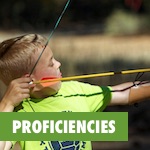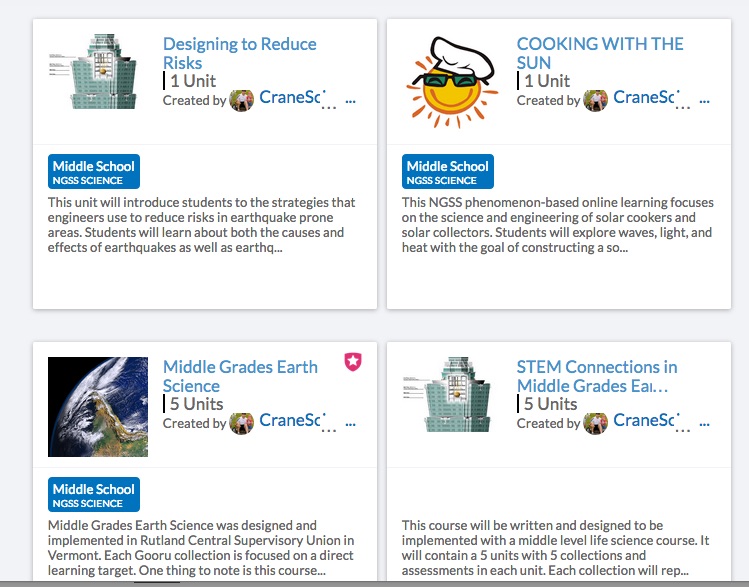3 examples using blended learning
 Let’s explore how some Vermont teachers are shifting their instruction and assessment practices to move all students toward proficiency. Three different educators have changed the way they assess proficiency in their classrooms. Each has created a way for students to have control over the pacing of instruction and have included students in monitoring progress and growth, using a blended learning environment.
Let’s explore how some Vermont teachers are shifting their instruction and assessment practices to move all students toward proficiency. Three different educators have changed the way they assess proficiency in their classrooms. Each has created a way for students to have control over the pacing of instruction and have included students in monitoring progress and growth, using a blended learning environment.
For those of you unfamiliar with Proficiency-Based Learning, or interested in a primer, I highly recommend What’s the Deal with Proficiency-Based Learning?
The video emphasizes shifts in both grading practices and instructional shifts, shifts involving time and pace. These are the types of shifts necessary in a proficiency-based system. And the student narrators remind viewers the shift means “shaping your own education and monitoring your own progress.”
Assessment shifts in action with blended learning
The following videos demonstrate how Vermont teachers are experimenting with pace and progress monitoring in a proficiency-based system through blended learning.
The tools used in blended learning environments can support:
- flexible pacing,
- differentiated instruction,
- immediate interventions and
- anytime, everywhere learning.
According to iNACOL:
“The most important component of the definition is the “element of student control” emphasizing the shifting instructional models to enable increased student-centered learning, giving students increased control over the time, place, path, and/or pace of their learning pathways.”
Proficiency in a math classroom
Meet Matt Chandler, a 6th grade teacher at Edmunds Middle School. Chandler uses Canvas and Blendspace in a 1:1 iPad school.
Proficiency in a science classroom
Meet Brian Crane, a 6th grade science teacher at Rutland Town School. Crane uses Google Classroom and Gooru in a 1:1 Chromebook school.
Crane has made some of his assessment plans available via Gooru. Check them out:
And finally, more proficiency in math class
Paige Emory from Stowe Middle School and Ryan Farran from Lamoille Union Middle School presented their approaches to increasing personalization through proficiencies and pacing in their respective math classrooms at Dynamic Landscapes this May. Check it out:
And here is a more detailed description from Ryan demonstrating how he combines the use of Schoology, Blendspace, Dreambox, and Google Slides in a 1:1 iPad school.
Why Blended Learning (Choice of Path, Pace, Time, or Place)?
Casey, a student in Matt Chandler’s class, shared with us that she has struggled with some numeracy concepts. But she described the difference the shift in assessment has meant for her:
“It’s a little bit harder, you have a little bit more responsibility, but you have a little bit more freedom to do what you want and what helps you.”
How could you adjust your own practice to allow for more student control over their learning?


